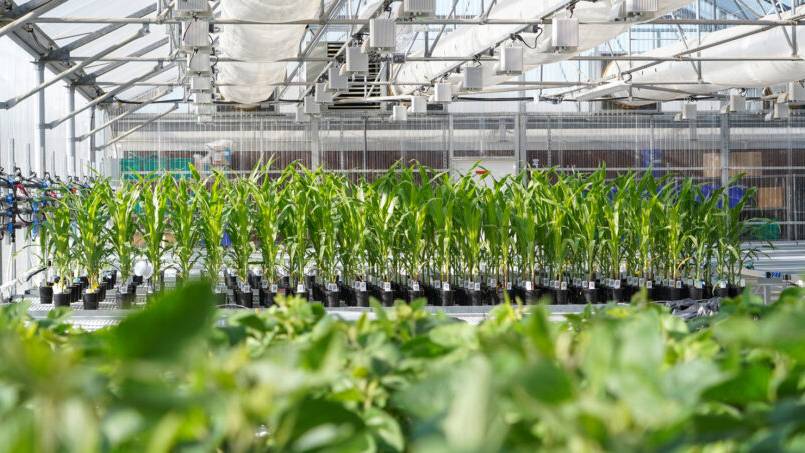Why Sorghum Over Corn?
Corn is giving way to sorghum as a silage crop across the country as producers discover that forage sorghum produces similar yields to corn with 30 percent to 50 percent less water, which in some irrigated areas of the West has become a scarce commodity and highly valued.
According to independent research data published in 2001, irrigated forage sorghums, depending upon type, will yield 1.75 to 2.5 tons of biomass per 1 inch of irrigation water, while corn produces less than 1.0 ton per inch of water applied. With rising energy costs and water conservation concerns across the U.S., sorghum with its high water use efficiency (WUE) offers a viable economic and sustainable alternative to corn.
“The drought and heat tolerance makes sorghum a logical choice for many areas of the country,” says Ricky Rice, Advanta US forage specialist and sales manager. “We’ve seen tremendous sales growth in the Southeast and Mid-Atlantic states, as well as the Midwest, which traditionally has been dominated by corn for silage.”
“We are seeing Advanta’s hybrid forage sorghums replacing corn silage on highly productive soils because yields and nutritional value are comparable at a much lower cost to the producer,” he continues.
“Sorghums have a very large and extensive root system capable of reaching soil profile depths of over five feet, which enables the sorghum plant to find water when other crops like corn, cannot,” says Rice.
A recent study conducted by Texas AgriLife Extension indicated that if producers in the Texas Panhandle converted irrigated corn silage acreage to a sorghum-based system, the region could save over 400,000 acre inches of water annually. This would lower the cost of irrigation pumping by $2.8 million. Likewise, a Regional Water Plan prepared for the Texas Panhandle Water Planning Group in Amarillo, TX, found that the water savings over 50 years for 524,243 acres spread over 21 counties in the Texas Panhandle would amount to 7.36 million acre-feet of water if irrigated corn acreage were converted to irrigated sorghum. That’s an average, 147,200 acre-feet saved per year — about 48 billion gallons (182 billion liters) per year.
“These WUE benefits are not unique to Texas,” Rice says. “Sorghum can help any producer in almost any region of the US reduce production costs without sacrificing tonnage or forage nutritional quality.”
Even where irrigation is not limiting, sorghum remains a more economical choice over corn because similar biomass yields and forage quality can be produced using much less water, with reduced energy and labor costs. Forage sorghum used for animal feed stocks provides an attractive alternative to corn-based systems from both a production and water conservation standpoint in both dryland and irrigated production systems.
Sorghums tolerate significant moisture stress and will resume vegetative growth after drought-induced dormancy. Sorghum leaves are generally smooth and covered with a waxy substance called “bloom” that reduces water loss. Additionally, sorghum leaves have a very high number of stomates (openings for uptake of carbon dioxide and release of oxygen and water). Under water stress the leaves will roll along the midrib reducing leaf surface area, keeping the plant from losing water and wilting.
(Source: Advanta)






